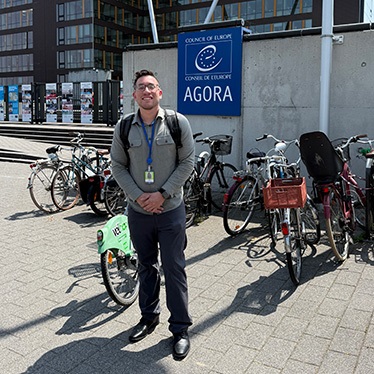State-Level Variation in the Association Between Educational Attainment and Sleep
Jun 9, 2022
State-Level Variation in the Association Between Educational Attainment and Sleep
Jennifer Karas Montez, Connor Sheehan, Anna Zajacova, Dylan Connor
Population Research and Policy Review, October 2021
Demographers have consistently documented the importance of educational attainment for population-health. However, it is becoming increasingly clear that the relationship between educational attainment and health varies considerably across contexts. This study examines how the education-sleep association varies across U.S. states to glean insights into whether and how states may shape the importance of education for sleep and for which education level(s) there is the most state-level variation. Using data from the 2014, 2016, and 2018 Behavioral Risk Factor Surveillance System survey (n = 798,242), we fit multinomial regression models predicting self-reported sleep duration (normal-sleep of seven to eight hours as base, short-sleep of six or fewer hours, and long-sleep of nine or more hours) from education and state of residence, before and after adjusting for demographic, socioeconomic, behavior-related, and health covariates.
We find that the education-sleep association varies considerably across states. This variation is driven primarily by the low-educated; those with high levels of education have similarly advantaged sleep durations across states. We show that adjusting for socioeconomic, behavioral and health covariates explained most of the state level education-sleep variation and that health factors were especially important for short-sleep while socioeconomic factors were especially important for long-sleep, suggesting that policies that minimize health and socioeconomic disparities across states could minimize educational inequality in sleep and educational variation across states. Our findings thus document variation across states in the education-sleep association and suggest that those with lower levels of education may be most vulnerable to state characteristics.
Related News
School News

Nov 25, 2025
School News

Nov 24, 2025
School News

Nov 17, 2025

